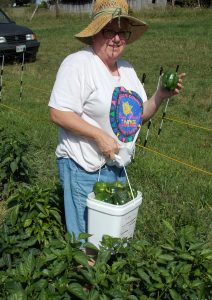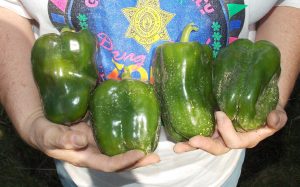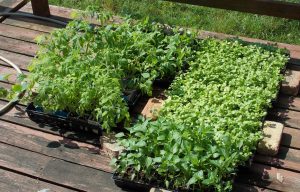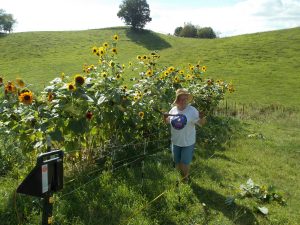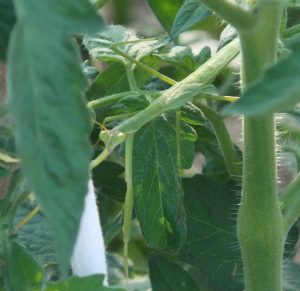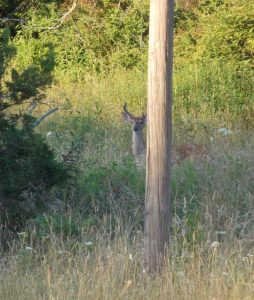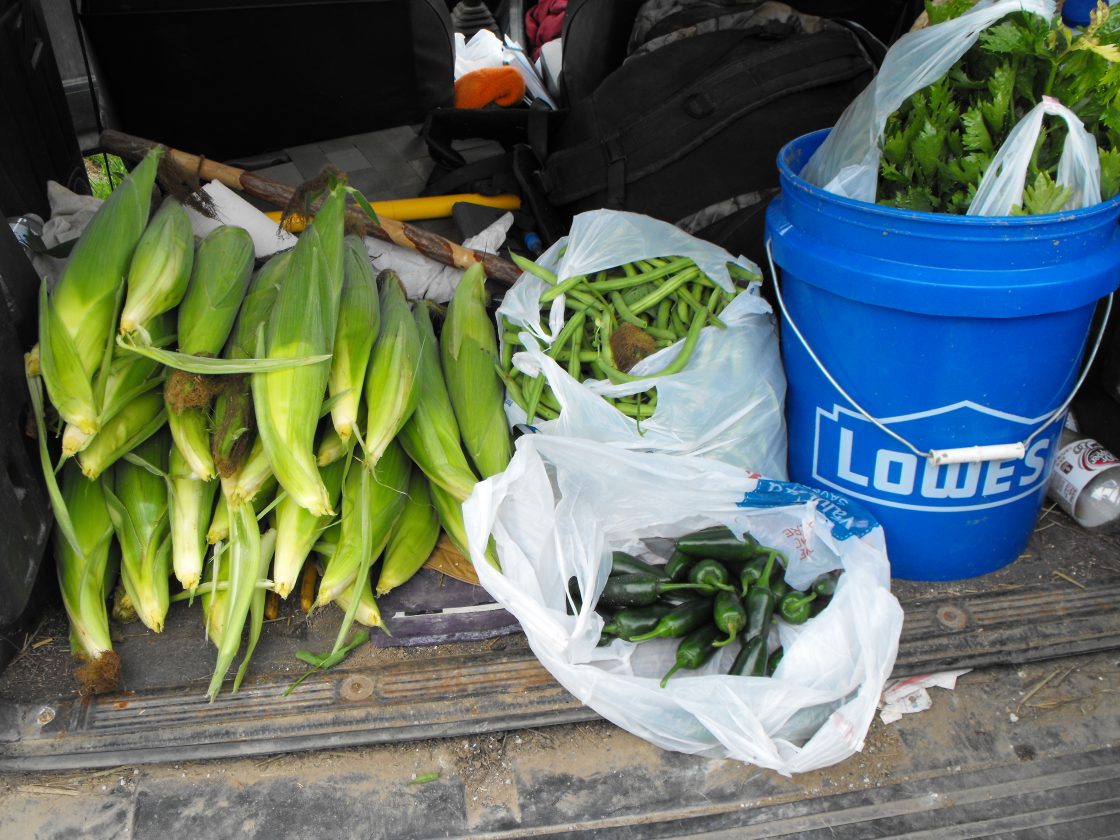THE DANG GARDEN!
© 2019 Walt Hampton
I mentioned to you folks last year that pepper plants like to ‘hold hands’, an expression shared with us from my wife’s sister from West Tennessee. I thought I would begin this year’s garden post with a look at last years’ harvest and what we did right and what we did poorly, and an update on what is going on this year. I do not claim to be some great guru of the garden, only somewhat experienced with a few winning techniques and a few ‘also-ran’ miscues from over 40 years of playing in the mountain dirt. I am always learning and if you have gardening tips to share, please do! We could all use a bit of help here in the mountains; maybe it would be a good thing to have a spot on the AMK website just for gardening tips. We will look into that.
Last year we opened up a new garden in our horse pasture and it was a rousing success; we had a banner year for tomatoes, peppers, potatoes, cucumbers, celery, beans and okra, probably the best harvest in terms of poundage and overall quality we have seen in 20 years. It was very gratifying to see our work rewarded; luck, rain, the right seeds and plants and some sweat made the long winter a little easier on the Hampton clan.
Cecelia, my wife, is the captain of the garden campaign, and she plans the layout and on which species we will concentrate our efforts. She grows our tomato, pepper and celery plants from seed in flats, started in March in our home. Our best green peppers are California Wonder, an open-pollinated, heirloom variety, they freeze beautifully for stuffed peppers and toppings. The celery is Tango variety and the tomatoes are a variety of both hybrid and heirloom types. We concentrate on tomato spaghetti sauce and tomato juice in our “putting up” efforts, and last year we canned over 50 quarts of each. A look at the accompanying photo will give you an idea of our green pepper harvest, what is in front of Cecelia on the table is one day’s picking from 40 pepper plants. We had a LOT of peppers.
We try to expend our efforts on those vegetables we know we will utilize through the year. You can experiment with your garden, and certainly every year we do exactly that with new species and varieties, but we really concentrate on multiple use: for instance, the spaghetti sauce can be made into barbecue sauce, taco sauce, used in meatloaf, on various venison dishes, and the green peppers can be used on pizzas, meatloaf, and of course stuffed peppers. You see what I mean, the efforts are geared to results that mean something. Parenthetically if you have never experienced fresh celery, you don’t know what you are missing. I don’t believe store celery to actually be an edible vegetable, as I understand the term. The flavor of the fresh plants, young and tender, is just splendid.
Cecelia uses bush green beans, usually Jade and Slender-Eat, because they produce so heavily and quickly. I like them because the fact they are stringless, ever-appealing to my lazy ways, and since they are quick producers suffer somewhat less from the inevitable attacks from the hated Mexican bean beetle. We try to not use any poisons on our garden; however, if the choice is between produce and the judicious use of Seven or another such chemical, we will be dusting the plants. Every year is different with the insect problem, some better than others, and last year we got through without any real damage and no spraying, with a lot of help from the songbirds and beneficial insects like the mantis family. It was fun to watch the songbirds pick the hornworms off the late tomato plants and they did a fine job.
As mentioned in last year’s column, we use Honey Select variety of sweet corn, from Southern States Cooperative, and I will stick with it. If it gets the water and nitrogen, it is amazing. Our cucumbers are the Straight Eight and Jackson Pickling varieties, and we always overdo the cucumbers, we eat them like crazy during the season and Cecelia uses her grandmother Reese’s pickle recipes for dill and sweet pickles. I am actually eating some right now.
There are some hazards to gardening, and here in Appalachia deer can cause some severe damage; however, since we discovered the “hot-zone” electric fence arrangement, we have had no problems with deer at all. The initial investment is not cheap but the results speak for themselves. Nothing is more frustrating that growing a crop and seeing it disappear into deer pellets when it easily could have been avoided. Since the garden is in our horse pasture, the fencing serves double duty. You can find Hot-Zone fence on the internet; we modified ours somewhat from the original idea and would be glad to share that information with anyone interested.
We need to improve our watering process and are addressing that this year; hauling buckets is tough on the back. Frequent rain is a sure blessing and we are grateful for it when it comes. I have always considered it a great blessing to have been exposed to gardening by my parents, who learned it from their families here in Appalachia. The Hamptons will not go hungry.
Just another reason for my Appalachian pride.

